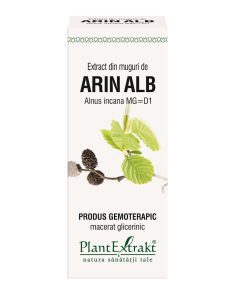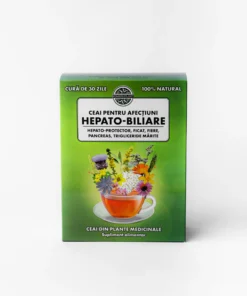What is Alnus incana or grey alder?
Alnus incana, also known as gray alder or speckled alder, is mainly distributed across the northern hemisphere, with large populations found in Northern and Central Europe and the Balkan region, particularly Serbia and Albania. This small deciduous tree or shrub is easily identifiable due to its speckled bark which is covered in pores, commonly referred to as lenticels.
The yields of timber-producing trees like ash, tupelo, and poplar improve when they’re planted with speckled alder, as the alders have bacteria which can promote extra nitrogen.
The buds and catkins may be used as survival food, yet the taste is not very pleasant. Many sources suggest using inner bark for cooking, even as flour, but it’s best to avoid consuming it raw. Fresh green bark might make you feel nauseous, even in a tea. So, it is recommended that the bark is dried first.
Alnus incana is known to be beneficial for a variety of body systems, particularly the digestive and integumentary ones. Its tannins produce an astringent effect that tightens and tones tissues, useful for treating skin conditions, sore throats and disorders related to the stomach.
PlantExtrakt UK


